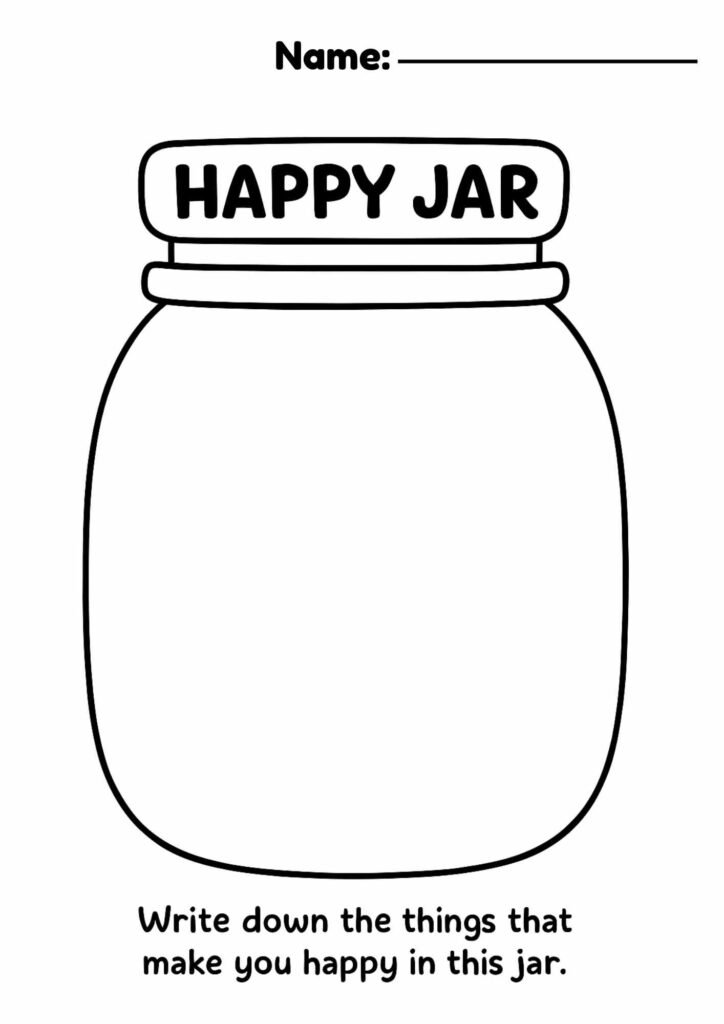In a busy world full of routines, transitions, and uncertainty, giving children a simple tool to express their feelings can make a big difference. The Happy Jar / Worry Jar Worksheets printable offers exactly that: a space for kids to share joys and concerns, build emotional awareness, and practice resilience.
This printable fits beautifully with My Time, Our Place Outcome 3 (Wellbeing) — helping children understand that all feelings are valid, that reflection is powerful, and that expressing emotions is a brave and healthy habit.
Why a Happy / Worry Jar Works
- Emotional expression: Children often struggle to name what’s inside. By writing or drawing worries and happy moments, they externalise their internal world.
- Emotional regulation: Seeing a worry “jar” helps children separate themselves from their concerns — giving perspective and reducing overwhelm.
- Reflection & gratitude: The Happy Jar side encourages noticing good things, which builds positivity and resilience.
- Safe sharing ritual: Using the jars as a talk-starting tool (in group or one-on-one) helps communication, empathy, and supportive relationships.
🛠 How to Use the Printable in Your Program
- Introduce the concept
Explain that the jar isn’t magical — it’s just a way for us to think about what makes us happy and what we worry about, and perhaps share. - Distribute the printable
Children write or draw something they were glad about (happy jar) and something they worry about (worry jar). - Reflect or share (optional)
Invite volunteers (when ready) to share their “happy” or “worry” — others respond with supportive listening or positive reinforcement. - Ongoing routine
Use it at transition times, the end of the day, or as a mindfulness pause. Over time, children might track changes in worry vs happiness. - Follow-up activities
- Create a group “What Helped Us” jar filled weekly with strategies or responses to worries
- Pair with breathing or grounding exercises when worries are heavy
- Use as a prompt for journal writing or art exploration
🌱 Learning & Wellbeing Connections (MTOP Outcome 3)
| Benefit | How It Helps |
|---|---|
| Self-awareness | Identifying feelings, understanding patterns |
| Emotional regulation | Externalising worries reduces emotional load |
| Positive mindset | Noticing small happy moments builds resilience |
| Communication | Sharing feelings strengthens empathy and trust |
| Mindfulness | Pausing to reflect helps calm the nervous system |
✅ Get the Worksheet
Bring emotional learning into your program today:
👉 Download the Happy Jar / Worry Jar Worksheets
Print it out, invite children to show their “inside world,” and let reflection, connection, and care grow one emotion at a time.

